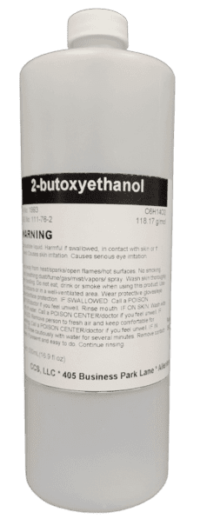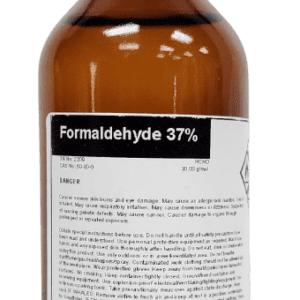Calcium Carbide Lumps 50g
$12.00
Technical-grade calcium carbide are grey or brown and consist of about 80–85% of CaC2. In the presence of trace moisture, technical-grade calcium carbide emits an unpleasant odor reminiscent of garlic.
Description
Calcium carbide, also known as calcium acetylide, is a chemical compound with the chemical formula of CaC2. Its main use industrially is in the production of acetylene and calcium cyanamide.
The pure material is colorless, while pieces of technical-grade calcium carbide are grey or brown and consist of about 80–85% of CaC2 (the rest is CaO (calcium oxide), Ca3P2 (calcium phosphide), CaS (calcium sulfide), Ca3N2 (calcium nitride), SiC (silicon carbide), etc.). In the presence of trace moisture, technical-grade calcium carbide emits an unpleasant odor reminiscent of garlic.
Applications of calcium carbide include manufacture of acetylene gas, generation of acetylene in carbide lamps, manufacture of chemicals for fertilizer, and steelmaking.
Other uses
Calcium carbide is sometimes used as source of acetylene, which like ethylene gas, is a ripening agent. However, this is illegal in some countries as, in the production of acetylene from calcium carbide, contamination often leads to trace production of phosphine and arsine. These impurities can be removed by passing the acetylene gas through acidified copper sulfate solution, but, in developing countries, this precaution is often neglected.
Calcium carbide is used in toy cannons such as the Big-Bang Cannon, as well as in bamboo cannons. In the Netherlands calcium carbide is used around new-year to shoot with milk churns.
Calcium carbide, together with calcium phosphide, is used in floating, self-igniting naval signal flares, such as those produced by the Holmes’ Marine Life Protection Association.
Calcium carbide is used to determine the moisture content of soil. When soil and calcium carbide are mixed in a closed pressure cylinder, the water content in soil reacts with calcium carbide to release acetylene whose pressure can be measured to determine the moisture content.
Calcium carbide is sold commercially as a mole repellent. When it comes into contact with water, the gas produced drives moles away.





